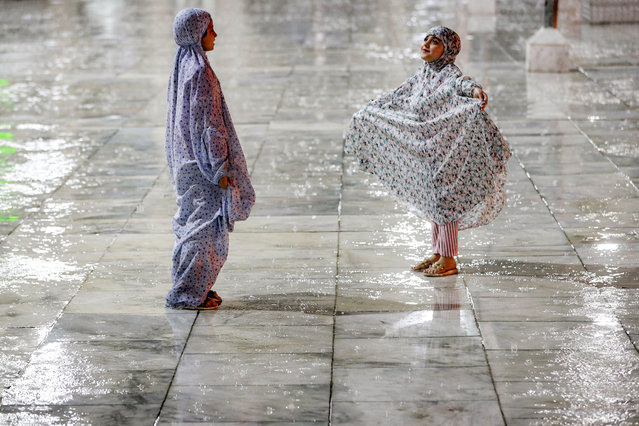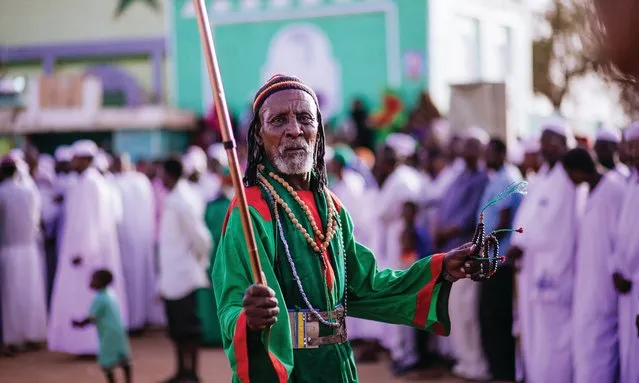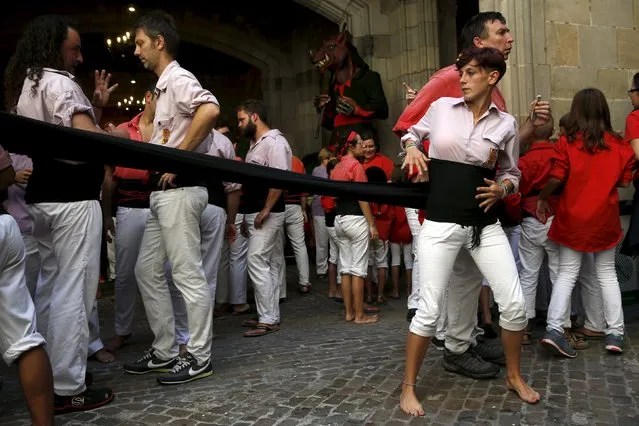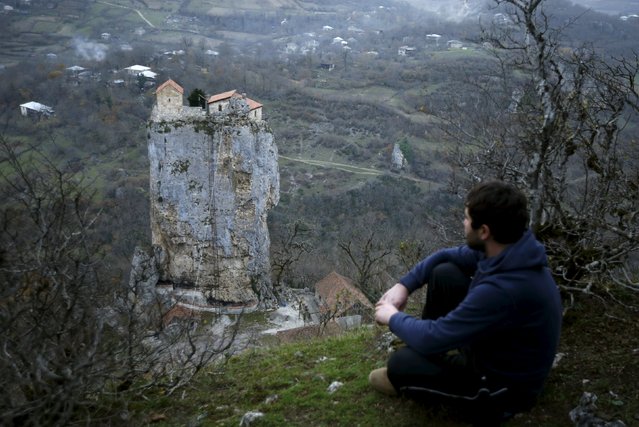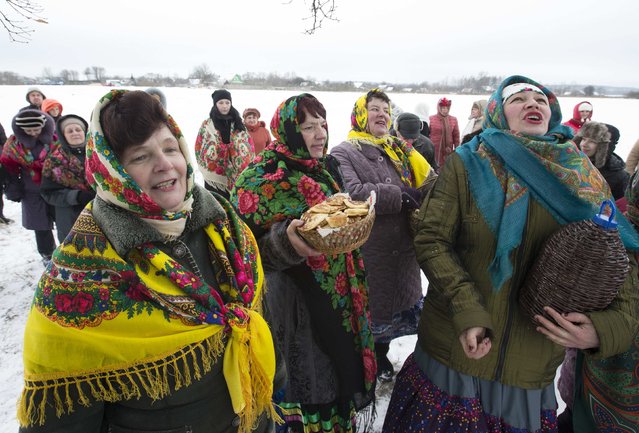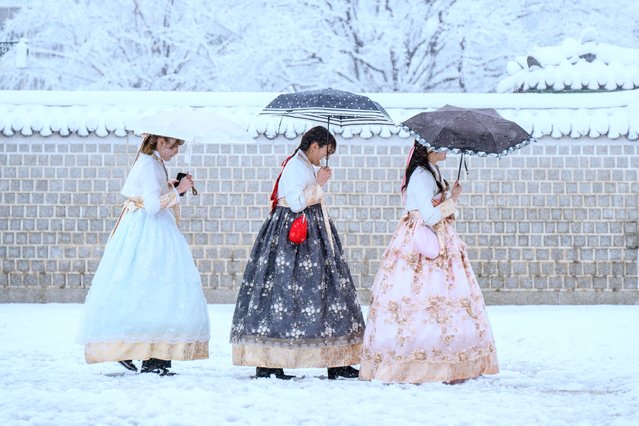
Visitors wearing traditional hanbok dresses are seen on the grounds of Gyeongbokgung Palace amid heavy snowfall in central Seoul on November 27, 2024. South Korea's capital was blanketed on November 27 by the heaviest November snowfall since records began over a century ago, the weather agency said. (Photo by Anthony Wallace/AFP Photo)
16 Dec 2024 03:49:00,post received
0 comments

